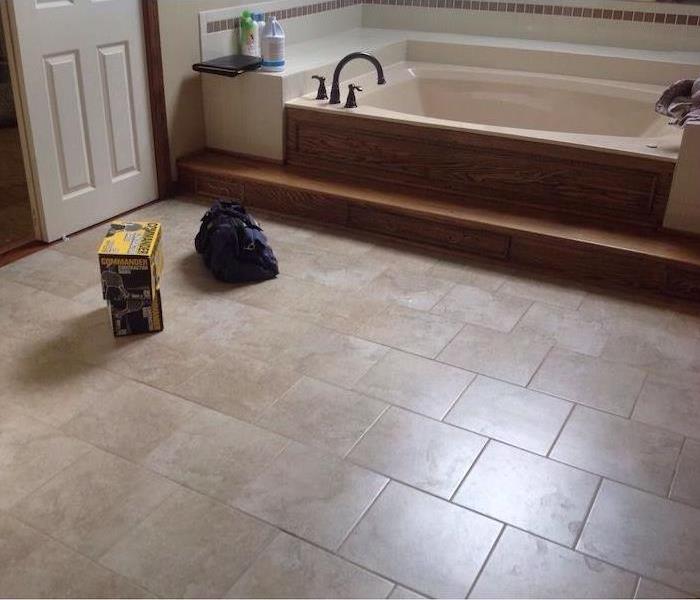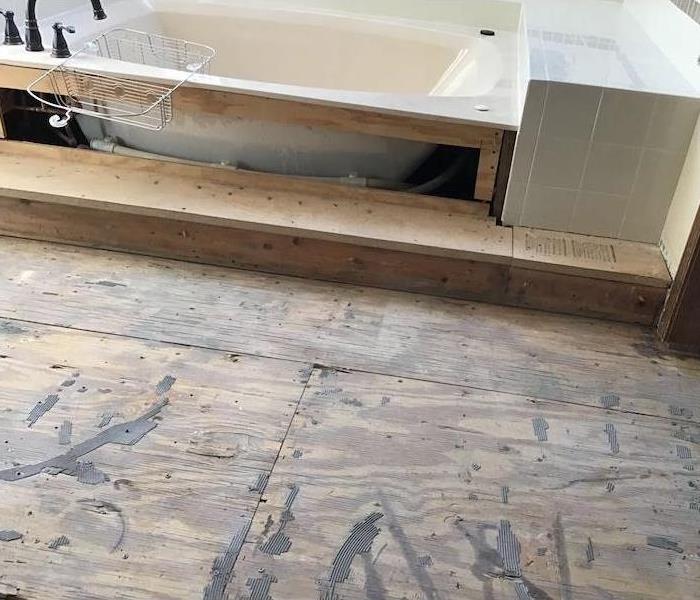
Water Damage Emergency Tips
What you can do until help arrives
Water Tips | Fire Tips | Biohazard Tips | Mold Tips
How Water Leaks & Damage Affect Kansas City Residents
Water damage situations are frustrating for any property owner to endure. Not only can pooling water and saturated structures be stressful to clean, but the source of the damage may be in an area that you cannot easily reach, such as behind walls or cabinets. One out of every 50 Kansas City homeowners is expected to file water damage claims each year.
Tackling Emergency Water Damage Safely
Depending on the depth and location of intruding water, electrical systems can be unsafe to use. Injuries from falling on slippery floors are also likely. The potential for mold and other contaminants create many risks for homeowners to consider during cleanup.
You can maximize safety by calling the mitigation professionals at SERVPRO. This Institute of Inspection Cleaning and Restoration Certification (IICRC) certified team is ready to restore your home 24/7. Technicians can reach your Kansas City home within hours of your call to extract water, disinfect surfaces, and dry structures.
Before Water Damage Occurs
While experienced technicians can help you after a disaster, keep these tips in mind before a disaster occurs to minimize damage:
? Keep basement furnishings elevated and store contents in watertight plastic containers.
? Install water sensors around vulnerable areas.
? Cover basement windows with window well covers.
? Clear out gutters, drains, and downspouts to avoid redirecting water into your home.
? Install a basement sump pump for additional drainage.
? Fill cracks in your foundation as soon as possible.
Have A Water Damage Emergency? Call (913) 782-4693
What To Do After Flooding
- Remove excess water by mopping and blotting.
- Wipe excess water from wood furniture after removal of lamps and tabletop items.
- Remove and prop wet upholstery and cushions.
- Place aluminum foil or wood blocks between furniture legs and wet carpeting.
- Turn air conditioning on for maximum drying in summer.
- Remove colored rugs from wet carpeting.
- Remove art objects to a safe, dry place.
- Gather loose items from floors.
What NOT To Do After Flooding
- Don't leave wet fabrics in place. Hang furs and leather goods.
- Don't leave books, magazines or other colored items on wet carpet or floors.
- Don't use your household vacuum to remove water.
- Don't use television or other household appliances.
- Don't turn on ceiling fixtures if ceiling is wet, and keep out of rooms where ceilings are sagging.






 24/7 Emergency Service
24/7 Emergency Service




